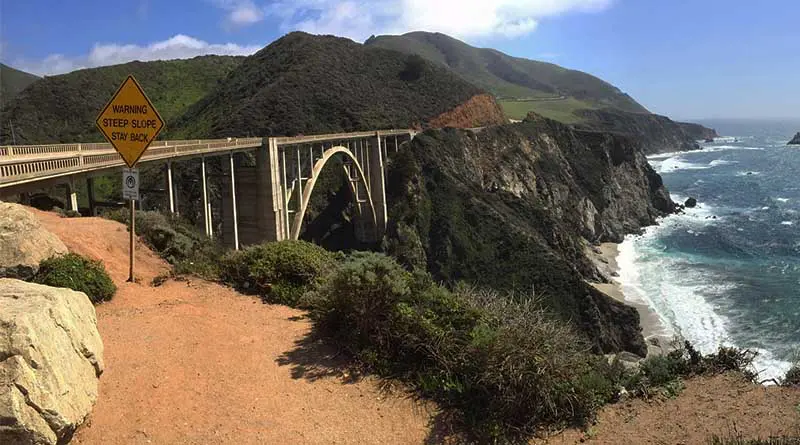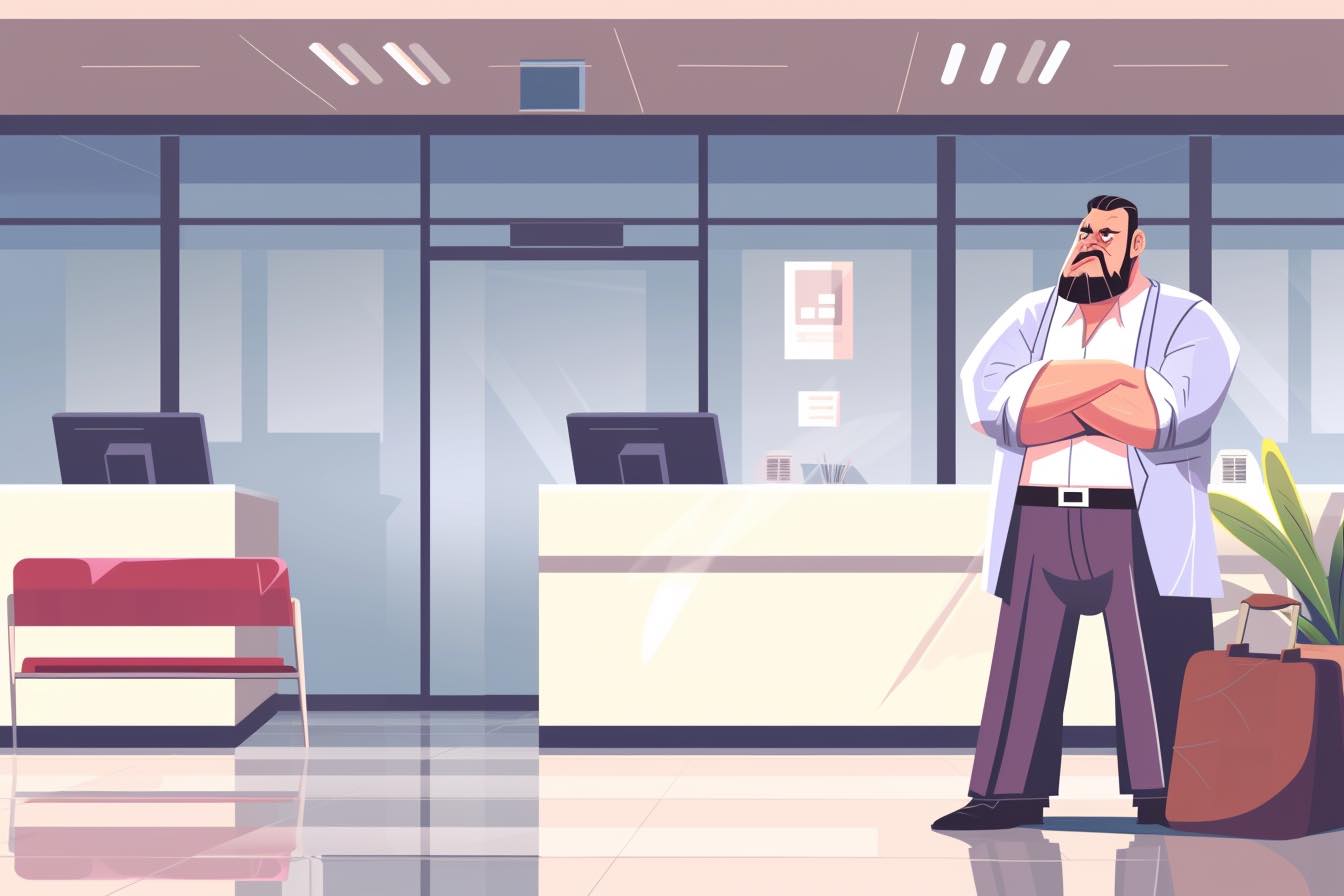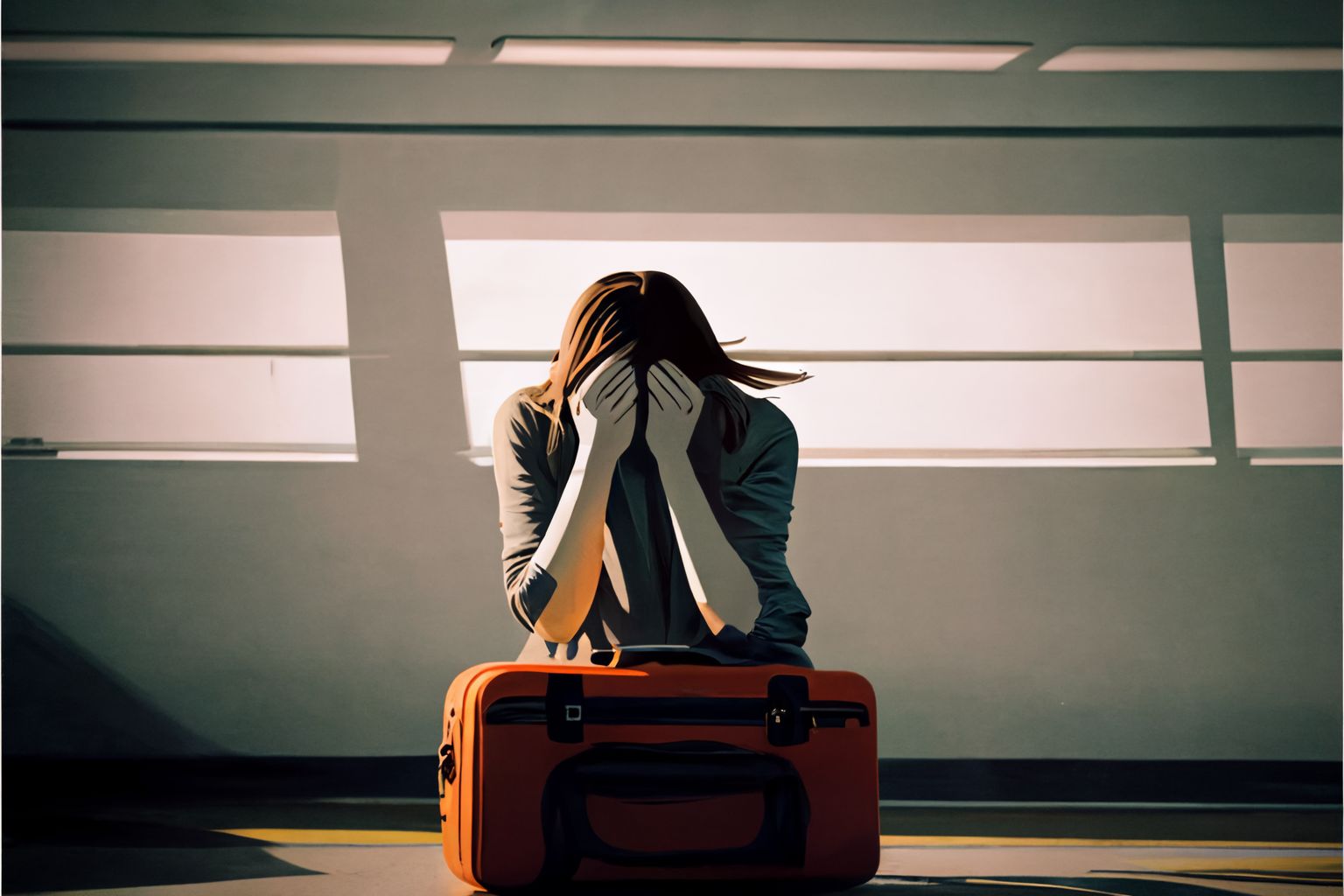Michelle Carlen knows about road blocks. She started her job as president of Central Coast Tourism Council at about the same time an enormous landslide closed part of the California Central Coast’s main tourist attraction, the iconic stretch of U.S. Highway 1 that winds along the coastline from Ventura to Santa Cruz.
For her, it was an on-the-job crash course in crisis management. But the lessons she learned also made her a better traveler, and they can do the same for you.
“The drive along Highway 1 is the travel experience itself,” says Carlen, who heads up the nonprofit regional tourism marketing organization funded by Visit California, the state’s tourism group. “And the road closure definitely changed the experience for travelers.”
More than 10 million motorists make the drive along the coastline every year, stopping along the pullouts to take photos. A 7-mile stretch of Highway 1 near Mud Creek, just north of Hearst Castle, closed in May 2017, after heavy rains triggered a rock slide that buried the road. Officials had planned to reopen the road in September but fast-tracked the opening to July to allow summer travelers to take advantage of the new road.
It’s hard to find an analogy for the Central Coast’s dilemma, but it felt a lot like coming to New York to find the Empire State Building or the Metropolitan Museum of Art closed indefinitely. During the 18-month blockage, California’s Central Coast lost at least $500 million in tourism spending.
“It was a difficult time for us,” says Carlen. But she’s grateful for the closure, too. Because, thanks to the obstacles, travelers experienced other regions around the closure. And Carlen says she’s a better traveler because of it. The immovable roadblock on Highway 1 taught her about workarounds, adequate preparation and the importance of seeing new things.
‘A block isn’t always a block’
“A block isn’t always a block,” she says. “It creates opportunities.”
For her organization, the highway closure was a chance to remind travelers of the reasons to come to the region – even if one part wasn’t fully accessible. Tourism officials did that by reiterating that less than a mile of road was actually closed, and that visitors could still access most of the stunningly beautiful coastline with a one- to two-hour detour. The council also emphasized the many attractions still accessible and that there was a lot to see on and off the route, including famous wineries and great hiking.
Carlen says she discovered the block-isn’t-always-a-block philosophy also applied to her personal travels. Take airport security lines, which are long at almost every terminal. Well, it turns out there’s a workaround. She found that few people look beyond the closest TSA checkpoint to their airline check-in or airport entry when there is often a less busy terminal and smaller security lines in other areas. “Be flexible,” she advises. She always goes a different direction than the crowds, doubling back to another terminal to minimize wait time.
Be over-prepared
The Highway 1 closure caught tourism officials off guard when it happened, but future roadblocks are less likely to create the same challenge. And that’s because Carlen and her tourism colleagues learned that when it comes to natural disasters, you can’t be over-prepared.
“Don’t create unnecessary anxiety, but plan ahead even more than you think you have to,” she says.
Highway 1 demands a certain level of over-preparedness. If you’re thinking of driving up the road, she advises downloading apps like Gas Buddy and AAA Mobile to find gas stations before your trip. It’s a lesson she learned once when she almost ran out of fuel on the drive.
“Make sure you check fluid levels and tires, which is especially important on a narrow, two-lane road like Highway 1,” she says. “And pack snacks, because you never know where you’ll find the next food stop.”
Patience is a virtue
The Highway 1 closure also taught her a lesson about being patient. Visitors were impatient about the road. They wanted it to open immediately, but that wasn’t possible.
“People were frustrated that Highway 1 was closed for so long,” she told me. “It took time to rebuild because the road was not just repaired, but a new, safer path was created.”
The road blockage taught Carlen to stay open to an unexpected experience that may be more memorable than your original plan. Perceived roadblocks are an opportunity to do something out of the ordinary. A recent flight from Chicago to San Diego comes to mind, delayed a few hours because of bad weather. Instead of storming the ticket counter like everyone else, Carlen booked a hotel, finished a book and got to know her fellow passengers.
“Often, these obstacles create an environment that wouldn’t normally exist,” she says. “You might end up chatting with the person standing near you at the airport, or sharing a conversation with a local business owner of the town you are visiting that could lead you to a secret spot that you didn’t come across when you completed your research for your trip plan.”
Highway 1 taught Carlen about patience, preparedness and perseverance, and made her a smarter traveler. If you take the ultimate road trip along California’s coast, it just might do the same for you.
How to make a Highway 1 road trip
• Plan your drive before you leave. Because Highway 1 demands you want to make sure you at least have directions on your phone before you go. “You don’t want to be a distracted driver,” says Carlen. Also, cellular reception along the way is spotty, so download the directions before your departure.
• Always stay on the trail. Slippery cliffs and plunging gorges punctuate a bucket-list road trip like Highway 1. If you pull over, stay on the marked trail. And watch yourself when taking a selfie near the drop-off.
• Find a good photo app. Carlen recommends Really Good Photospots, which shows you the best locations for taking a photo along the way.




